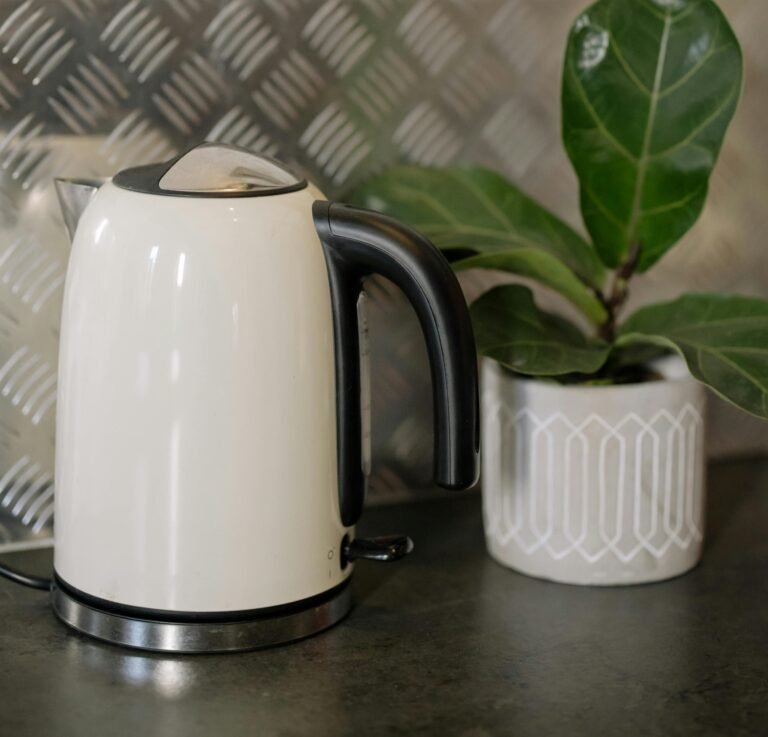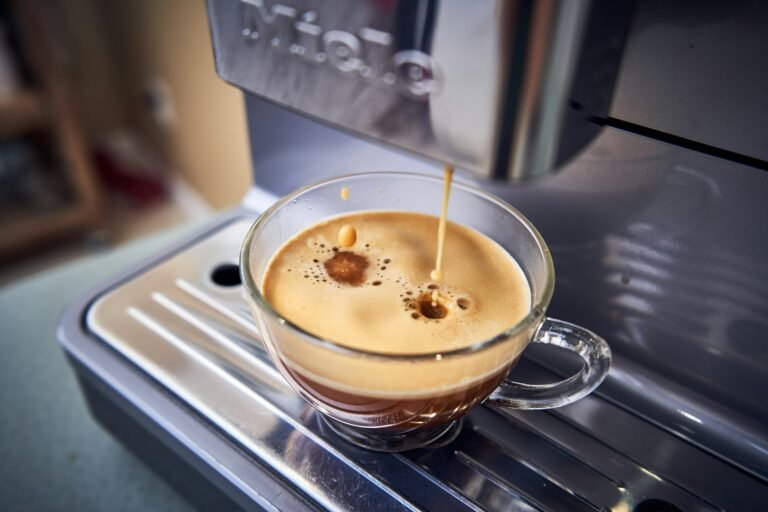Discover how an electric kettle can save you time and energy in your kitchen. Experts at Consumer Reports note that these kettles can cut energy use by up to 15% compared to stovetop boiling. Electric kettles boil water fast for tea, coffee, noodles, or other cooking needs. This guide shows you the types and features so you can choose the best one for your home.
Section 1: Types of Electric Kettles
There are several types of electric kettles. Each type has special features for different needs.
1. Stainless Steel Electric Kettles
Stainless steel kettles are strong and look sleek. They resist stains and are easy to clean.
Pros:
- Very durable and long-lasting.
- Holds heat well.
- Simple to maintain.
Cons:
- Gets hot to the touch.
- Often heavier than plastic ones.
2. Glass Electric Kettles
Glass kettles let you see the water as it boils. They usually have a stainless steel or plastic base and may include temperature control.
Pros:
- Offers a clear view of boiling water.
- Easy to clean.
Cons:
- More fragile than metal kettles.
- Can be heavier.
3. Plastic Electric Kettles
Plastic kettles are light and very affordable. They come in many colors and styles for a personal touch in your kitchen.
Pros:
- Light and easy to handle.
- Generally the least expensive option.
Cons:
- May not hold heat as well as metal kettles.
- Can absorb odors over time.
Section 2: Key Features to Consider
When you choose an electric kettle, look at the key features to match your needs.
1. Capacity
Kettles come in sizes from 1 liter to 2 liters. Think about how much water you need. A larger kettle works well for families, while a small one fits individual use.
Pro Tip: Use a kettle size that matches your routine.
2. Temperature Control
Some kettles let you set the temperature. This helps brew different teas or coffee just right.
Pros:
- Makes the perfect brew for each drink.
- Protects delicate tea leaves from high heat.
Cons:
- Often more expensive.
- Can be tricky for new users.
3. Automatic Shut-Off and Safety Features
Safety matters in every home. Kettles with automatic shut-off turn off when the water boils. They may also have boil-dry protection.
Pros:
- Stops overheating and protects the kettle.
- Makes you feel safe when using it.
Cons:
- Extra features can raise the price.
- Some models need more upkeep.
Section 3: Benefits of Electric Kettles
Electric kettles bring many benefits to your kitchen.
1. Speed
They boil water faster than stovetop kettles. Many models finish in under five minutes. This is great for busy mornings.
2. Energy Efficiency
They use only the energy needed to heat water. They are more efficient than using a stove.
Pro Tip: Fill only the water you need to save energy.
3. Versatility
They do more than boil water for tea and coffee. You can use them for instant noodles, soups, or even blanch vegetables.
Section 4: How to Clean and Maintain Your Electric Kettle
Keep your kettle in top shape with regular cleaning.
1. Descaling
Minerals may build up over time, especially with hard water. Mix equal parts water and white vinegar or lemon juice. Boil the mix, wait one hour, then rinse well.
Pro Tip: Descale every few months to extend the kettle’s life.
2. Cleaning the Exterior
Wipe the outside with a damp cloth to remove stains or spills. For stainless steel, you may use a gentle cleaner.
3. Checking the Filter
If your kettle has a filter, check it often. Clean or replace it when needed to keep your kettle working well.
Section 5: Choosing the Right Electric Kettle
Choose a kettle by matching it to your needs, style, and budget. Follow these steps to decide:
- Determine Your Needs: Think about how you use the kettle. If you host guests often, a larger model may be best.
- Evaluate Features: Choose must-have features like safety, design, or portability.
- Set a Budget: Kettles cost different amounts. Set a budget first to limit your choices.
- Read Reviews: Look at customer reviews to learn about performance and durability.
Conclusion:
An electric kettle is a handy tool that works fast and saves energy. Its many types and features suit any kitchen style. Pick one that meets your needs and fits your home.
Ready to boost your kitchen with a fast and safe kettle? Check out these top-rated models at this link to find the perfect option.
As an Amazon Associate I earn from qualifying purchases.
Frequently Asked Questions
Q: How often should I descale my electric kettle?
A: Descale your kettle every few months or whenever you notice mineral build-up.
Q: Can I use vinegar to clean my kettle?
A: Yes, mix equal parts water and white vinegar, boil, let sit, and then rinse well.
Q: Is a higher capacity kettle better?
A: A high capacity kettle is best for families or frequent use, while a smaller kettle works for individual needs.
Last updated on May 19, 2025







